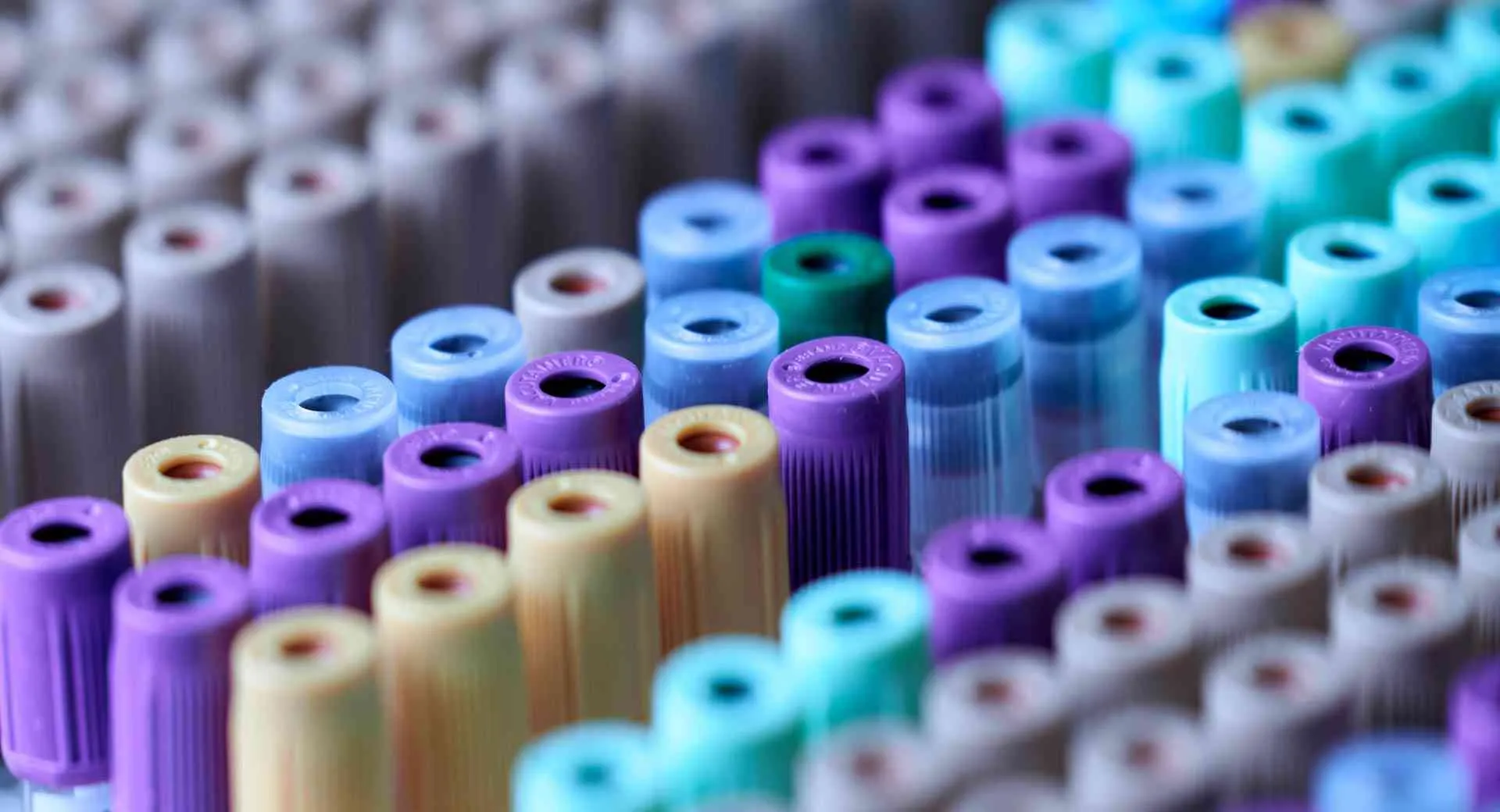Description
PLGA-PEG-PLGA is an amphiphilic triblock copolymer consisting of a hydrophilic block polyethylene glycol (PEG) or polyethylene oxide (PEO) and a hydrophobic block poly(lactide-co-glycolide) (PLGA). The PEG polymer is capped a methyl ether group, and the hydrophobic block terminates with a hydroxyl group. PEGylated copolymers with biodegradable and biocompatible polyester segments can be used to prepare core-shell micelles, nanoparticles and microspheres. The hydrolytic degradability of polyester segments depend on the molecular weight and the spacer between ester groups (lactide, glycolide or caprolactone).
PEG-PLGA can be dissolved in a range of common organic solvents depending on its composition especially the L to G ratio and the total PLGA MW. As the MW goes up and the content of G goes up, its solubility gets poor in common organic solvent. Typically PEG-PLGA at lower MW or greater L content can be dissolved in chlorinated solvents, such as dichloromethane or chloroform much easier, and sometimes in water-miscible solvents, like acetone, acetonitrile and THF depending on the total MW. PEG-PLGA with a higher amount of G is better dissolved by fluorinated solvents, like hexafluoroisopropanol. PEG-PLGA with other MWs is also offered.
Properties
PLGA – poly(lactide-co-glycolide) copolymer are available at a wide range of molecular weight (MW) and monomer (lactide to glycolide) ratios. PLGA-PEG-PLGA can be dissolved in a range of common organic solvents depending on its composition especially the L to G ratio and the total PLGA MW. As the MW goes up and the content of G goes up, its solubility gets poor in common organic solvent. Typically PLGA-PEG-PLGA at lower MW or greater L content can be dissolved in chlorinated solvents, such as dichloromethane or chloroform much easier, and sometimes in water-miscible solvents, like acetone, acetonitrile and THF depending on the total MW. PLGA-PEG-PLGA with a higher amount of G is better dissolved by fluorinated solvents, like hexafluoroisopropanol and perfluoroacetone.
References
1. Inhibition of Karyopherin beta 1 suppresses prostate cancer growth, Nature Oncogene, 2019, doi: 10.1038/s41388-019-0745-2
2. Strategies to enhance the distribution of nanotherapeutics in the brain, Journal of Controlled Release, 2017, 10.1016/j.jconrel.2017.07.028, Text.
3. Indocyanine Green J Aggregates in Polymersomes for Near-Infrared Photoacoustic Imaging, ACS Appl. Mater. Interfaces 2019, 11, 50, 46437-46450, doi: 10.1021/acsami.9b14519
4. Biodegradable long-circulating polymeric nanospheres. Science 1994;363:1600–3, Text.
Click here to view an expanded list of hundreds of publications citing Creative PEGWorks products.


